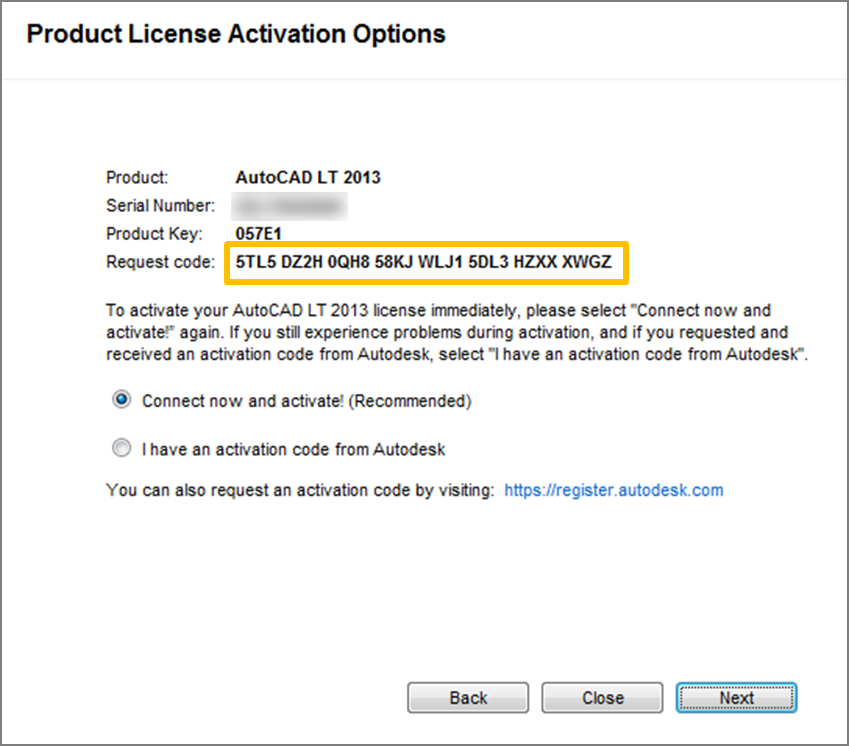Main Menu
Denver Developmental Screening Test Ii Pdf Creator
суббота 12 января admin 5
As an early childhood educator, you play a vital role in ensuring that every young child is screened. Start by partnering with parents to explain why developmental screening is so important, introduce ASQ, and address any concerns they might have. Once parents complete the questionnaires, ASQ makes it easy for you to score them and interpret the results. Then sit down with parents to share what the screener revealed, plan next steps, and give them tips and strategies for encouraging their child’s progress.
 • In the Mac the users have also got another 2015 option of the easily collecting their files in a compressed product key folder so that the users can have a better sharing and storage for their data. • The Ribbon interface has been passed through a lot much changes and the 2015 advanced connectivity of the Autodesk this all things have make the product key synchronization of the files. • Most significantly the possibilities of the attachment of Facebook and twitter have been added in the AutoCAD in order to have the product key integration of the 2015 social media. • A lot many product key enhancements have been made in this version of the AutoCAD in order to increase the user 2015 experience. • You will without any difficulty be in the contact with your 2015 co-workers because an option for the product key Design feed has been added in the AutoCAD.
• In the Mac the users have also got another 2015 option of the easily collecting their files in a compressed product key folder so that the users can have a better sharing and storage for their data. • The Ribbon interface has been passed through a lot much changes and the 2015 advanced connectivity of the Autodesk this all things have make the product key synchronization of the files. • Most significantly the possibilities of the attachment of Facebook and twitter have been added in the AutoCAD in order to have the product key integration of the 2015 social media. • A lot many product key enhancements have been made in this version of the AutoCAD in order to increase the user 2015 experience. • You will without any difficulty be in the contact with your 2015 co-workers because an option for the product key Design feed has been added in the AutoCAD.
Sign up for Insight Alerts highlighting editor-chosen studies with the greatest impact on clinical care. Video Abstracts -- brief videos. Download PDF. One of the oldest and best known developmental screening tests was recently restandardized and revised as the Denver-II. Because it was published without. Battelle Developmental Inventory, Second Edition. • Screening Test Item Book with 30 Screening Test Record Forms. According to the age and developmental level.
Resources Program Administrator? Program administrators lay the critical groundwork for a successful screening program. Your first role is to plan your program, from determining goals to choosing your screener. Once your plan is in place, train and support your staff on every step of screening, including engaging parents, communicating results sensitively, and connecting families with community resources for referral. You’ll also want to evaluate the success of your screening program and make periodic adjustments when necessary.
Resources Home Visitor? As a home visitor who works closely with families, you’re in an ideal position to ensure that young children are screened. Partner with the families you work with to explain why developmental screening is so important, introduce ASQ, and address their concerns and questions. Once parents complete ASQ questionnaires, score them in minutes and interpret the results. Then sit down with families to share the results, plan next steps, and give them strategies for nurturing their child’s skills and development. Resources Pediatrician? Because pediatricians are the professionals most likely to see a child on a regular basis, you’re in the perfect position to promote children’s healthy development and identify potential delays early.
If your office doesn’t have a screening program yet, plan one with the help of the resources on this site. As parents complete ASQ through your program, your role is to score the questionnaires, interpret results, and sit down with families to share what you learned and plan next steps.
In between screenings, give families learning activities and other resources to foster their child’s skills and development. Resources Parent? You may not be a child development specialist, but you are the expert on your child—and research has shown that parents’ concerns are accurate predictors of developmental delays. Talk to an early childhood professional about the benefits of developmental screening, and complete the ASQ questionnaire that’s right for your child’s age (they’re easy to do and take just 10-15 minutes). When your child’s pediatrician or teacher shares ASQ results with you, celebrate the milestones your child has reached and ask what you can do next to support your child’s skills and healthy development.
